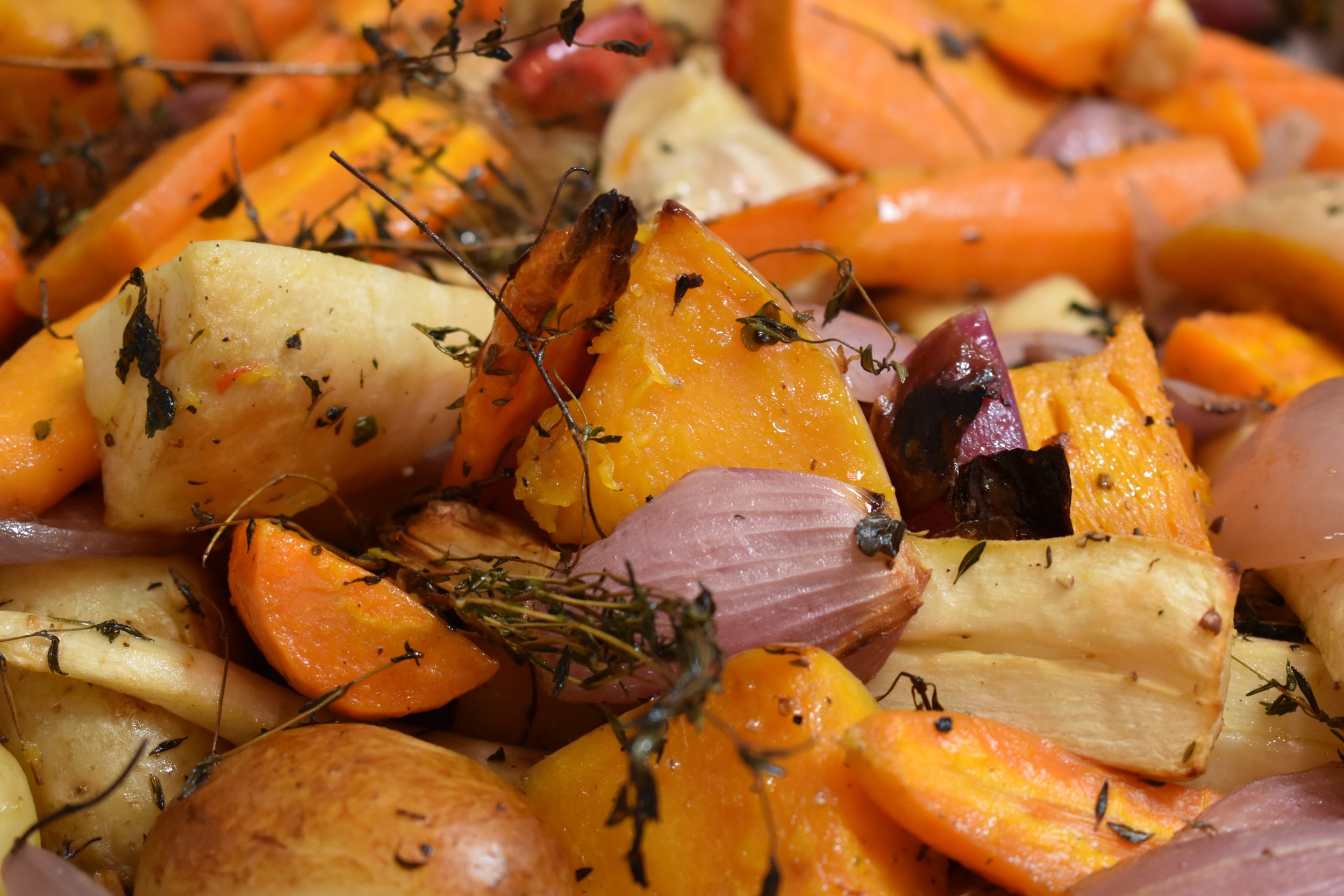Why meal prep?
One of the common barriers for people making and eating healthy food is time. Let’s face it, by the end of the day when we’re tired and hungry the last thing we feel like doing is spending an hour getting food on the table. Often this catches us out and we end up eating takeaways or less than ideal options like toast for tea. For a lot of people making healthy food from scratch each night is not only off-putting, it’s just not possible. This is when meal prepping can be a huge help.
What is meal prep?
Meal prepping is anything you do when you have a solid chunk of time, to make life for your future self easier. You don’t have to make whole meals, you could make components of meals, or look to where you struggle most during your day currently. If lunches are when your time is tight, making a big (undressed) salad of coleslaw and a pot of mayo you can add chicken or lentils to when you need it will make things hugely easier.
What to meal prep?
Have a think about what types of meal prep would help you the most. At Feel Fresh Nutrition, we often prepare a few batches of protein to add to all our lunches like chicken drumsticks, hard boiled eggs or mini bacon and egg crustless quiches. We also make a batch of mayo, pesto and bone broth to have on hand to flavour simple meals quickly.
Here we’re going to share with you a few secret “base” recipes to cut the actual time of cooking each day drastically. By using 1-2 hours out of your weekend, you can save about ½ to 1 hour before dinner each night. Win.
Use the roast vegetable recipe as your base, add one of the protein recipes for your protein source, use the basil pesto recipe to spruce it up, add in a coleslaw or green salad and voila you have thrown together a well balanced meal just like that.
Keen to get started? We’re running our first ever group programme — Meal Prep Mania. It’s the perfect way to get started with meal prepping, under the guidance of a nutritionist.
A Tray of Roast Vegetables
It seems overly simplistic, but cooking up a tray or two of roasted veggies really is the best thing you can do for meal prep. You can add whatever herbs and spices you like to the mix and having a container full of roasted veg helps to bulk up any meal. It becomes the base for a roasted vegetable and feta salad, or our favourite way to eat them is to chuck them into an omelette for breakfast.
Simply cut whatever veggies you want into small even sized chunks and lay them into a baking tray or oven proof dish. Drizzle over two Tablespoons of olive oil or melted coconut oil. Season with salt, pepper and any herbs you want (fresh rosemary and garlic is delicious) and toss to mix.
Place in an oven heated to 180 degrees celsius and cook for 45-60 minutes, stirring occasionally, until tender and caramelised.
Basic Poached Chicken
Poached Chicken has to be one of the easiest and most versatile meal prep options. You can poach chicken in any liquid, with any aromatics you’d like. The result is tender, succulent chicken breast (which let’s be honest, is really easy to dry out) that can be tossed into a salad, thrown into a stir fry, added to a curry last minute or placed on top of a soup for your protein option.
Many clients also find that having poached chicken in the fridge provides them with a perfect snack if they are feeling hungry or have done a lot of physical activity. Chicken wrapped in nori sheets with veggie sticks and tahini is delicious. Trust us.
You can cook up 2-4 breasts a time. They will keep covered in the fridge for up to five days.
What you need – makes 4 small-medium protein serves
2 x 200 g skinless chicken breasts
Aromatics for your poaching liquid; You can use garlic, bay leaves, lemon peel, cloves, cardamom or ginger. Anything really, just throw it into your poaching liquid.
Method
Place the chicken in a saucepan and pour over enough water to just cover. Add any aromatics you want at this stage. Season with himalayan rock salt and black pepper, then cover with a lid.
Bring to a boil over a high heat, then reduce the heat to medium and simmer for ten minutes.
Remove the lid and stand the chicken in the liquid for a further ten minutes.
Drain the liquid and thickly slice your chicken breast.
Separate into individual portions and store in the fridge in sealed containers or zip lock bags.
Pork Carnitas
This will replace bacon as your favourite way to eat pork. It’s that good. Cook up a big batch for dinner on Sunday night and use the rest as a filling for lettuce cups, with zoodles or in a salad.
We use this recipe from the super talented Melissa Joulwan. Because, if the wheel ain’t broke, don’t fix it!!
Easy Meatballs
Cooking up meatballs is so easy to do and the flavour/meat combinations are endless.
They’re great for work or school lunch boxes, for eating inside lettuce cups, eating cold straight from the fridge or adding to a tomato or capsicum sauce with zoodles or pasta.
In making the meatballs ahead of time, a delicious dinner will take you less than 15 minutes from fridge to plate. Winning!
As mentioned, you can experiment with any flavour combo you like. Below is the basic recipe. At the moment my family is really enjoying chicken meatballs with tarragon and lemon zest.
You will need:
500 grams of mince beef/pork/lamb/chicken/turkey
2 eggs
1/2 cup ground linseed
2 garlic cloves, crushed
1/2 a white onion, finely diced
1 tsp mustard
Any herbs or spices you wish
Salt and pepper
Method:
Mix all the ingredients together in a mixing bowl.
Take approx 1 Tablespoon of the meatball mix and roll into balls. Repeating until all the mixture is gone.
Heat your oven to 180 degrees celsius
Heat oil in a frying pan over a medium heat. I like to use ghee, but olive oil, coconut oil or butter would be fine.
Fry the meatballs in batches until the outsides are browned.
Place all the browned meatballs onto a baking tray and bake in the oven for 15 minutes or until cooked through.
Allow to cool and store in a sealed container in the fridge for up to five days.
Veggie packed falafel
This recipe is so simple and tasty. It comes from the lovely Nicky from Lunchbox Inc. They’re super portable and we love them with fresh herbs and yoghurt dressing.
Find the recipe and loads of other meal inspo here.
Basic Basil Pesto
Having a delicious pot of pesto in your fridge is the difference between having a plain dinner and one that is packed full of flavour. Add a tablespoon to scrambled eggs when you can’t be bothered cooking dinner and serve the eggs with wilted spinach, mushrooms and avo. It take ten minutes and it’s truly delicious.
Pesto is also one of those things that many people assume is really difficult to make. Store bought versions often have sugar added or use cheap vegetable oils instead of olive oil. The reality is, making your own pesto is a dead easy and rewarding practice.
Traditional pesto recipes use pine nuts. We’ve replaced these with cashew nuts as they are one third of the price and pine nuts can go rancid very quickly if not used quickly.
To make it nut free simply leave the cashew nuts out or substitute with sunflower seeds.
You can make this recipe dairy free by omitting the parmesan cheese. To get the same cheesy taste, use 2 teaspoons of nutritional yeast flakes instead.
You will need- this makes one small sized jar of the green stuff!
4 cups basil leaves
2 cups of baby spinach leaves
1/2 cup finely grated Parmesan cheese
1/3 cup olive oil
2 cloves of garlic, crushed
3 tablespoons crushed cashew nuts, toasted
Juice of 1 lemon
Sea salt to taste.
Method:
To make basil pesto, place all ingredients in a food processor and process until smooth.
If you prefer a chunkier pesto, stir cheese through at the end and add your cashew nuts in the last few seconds.
You can replace the cashews with any nut of your choice. Walnuts, macadamia nuts and almonds all taste great.
You can substitute the baby spinach for kale, silverbeet or english spinach if you prefer.
Also, you can swap the basil with coriander, parsley or a combination of herbs.
Other Tips and Tricks
Remember that ovens work most efficiently and cost-effectively when they are full. The same goes for your fridge and freezer. Because of this, it’s handy do meal prep on a Sunday afternoon when we’re already using the oven to cook dinner.
A good idea is to cook meatballs or a frittata or a tray of chicken drumsticks when you’ve got your oven on for roasting the veggies.
Another good item to cook while you’re meal prepping is a pot of bone broth. It’s minimal effort and it can be used to add huge flavour and nutrition to your meals.
Lastly, remember that meal prep is anything that saves you time. It doesn’t necessarily have to be cooking. You could cut all your broccoli and cauliflower into florets and keep them in snap lock containers to be ready to throw into a stir fry or into a steamer. It means you don’t have to cut anything come meal time.
Similarly, pre-shredding your cabbage means you can throw together a coleslaw, or have the base ready for a salad in minutes.
Keen to get started? We’re running our first ever group programme — Meal Prep Mania. It’s the perfect way to get started with meal prepping, under the guidance of a nutritionist.
This blog was especially created for our friends at Southern Cross while we help them out on their health journey.
We hope you enjoy these meal prepping tips and recipes.
Thanks from the Feel Fresh Nutrition team





